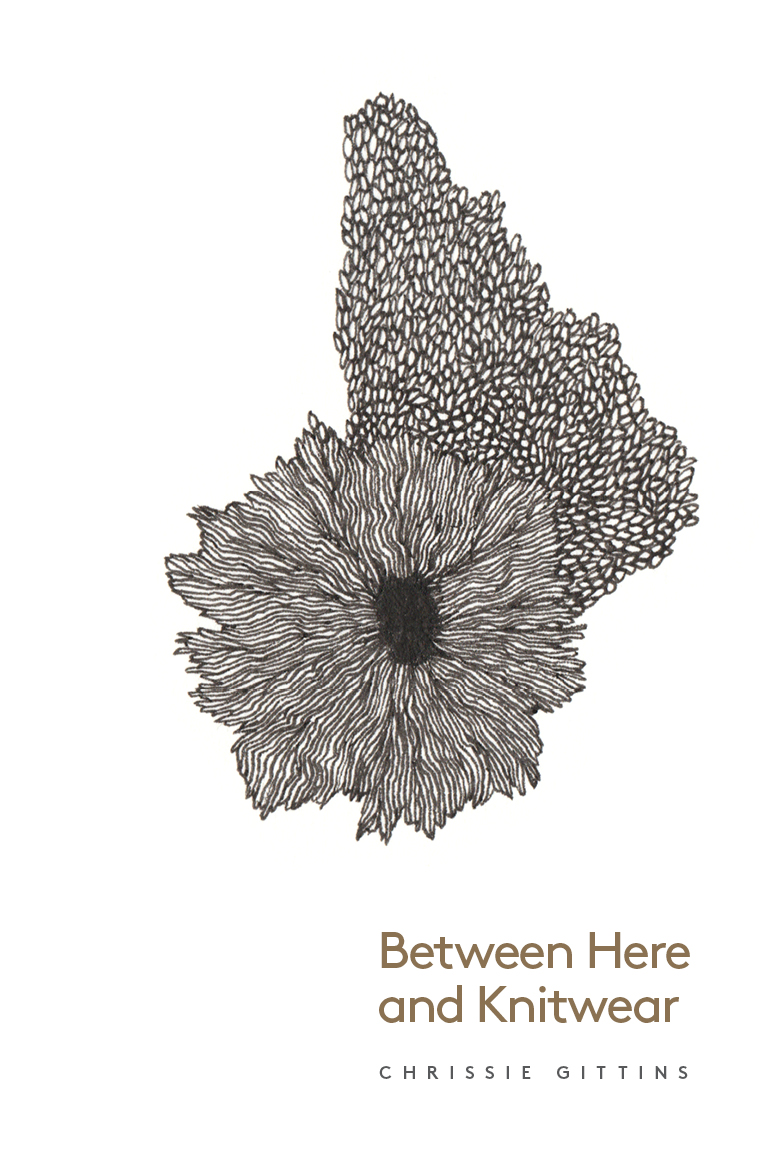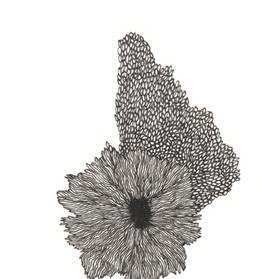Unthank Books. pp.140. £10.00
Short stories more often than not present the reader with snapshots of a larger life. Rather than depicting the whole story, they capture moments, while demonstrating the writer’s ability to use language skilfully and economically. Chrissie Gittins’ semi-autobiographical short story collection does just that. Written over the course of two decades, the 22 interlinked short stories follow the author as she navigates through the different stages in her life. Many of the stories have also been published in The Guardian, Ink Sweat and Tears, The Lampeter Review, and Wales Arts Review.
The colle ction explores the universal themes of family, relationships, and the roles that each of us take on during our lives. From childhood to awkward teenage years, first relationships, moving away from the parental house and returning to it to take care of ageing parents, the stories pack a lot in them.
ction explores the universal themes of family, relationships, and the roles that each of us take on during our lives. From childhood to awkward teenage years, first relationships, moving away from the parental house and returning to it to take care of ageing parents, the stories pack a lot in them.
‘Stepping in the Dark’ is a moving story as the narrator’s thirteen-year-old self is confronted with her mother’s psychiatric illness, diagnosed as ‘paranoid schizophrenia’. The writing is packed with underlying tension and emotion, as young Chris returns to a quiet house after school, her mum having been admitted. From seeing her mother’s ashen face after ECT treatments, to searching through psychology books in the library in order to determine the problem and solution to her mother’s mental health, the reader can’t help but feel empathy. The story marks the beginning of the transition from being a child to a teenager perfectly. While stories such as ‘Paper’ and ‘A Small Smudge of Blood’ also do this by depicting first crushes, kisses, and sexual intimacy, ‘Stepping in the Dark’ portrays an experience that not every child faces, making it all the more poignant. Gittins’ writing style is economical and sophisticated throughout, even when dealing with topics that are exceedingly personal and private. There is no overwriting. Everything that is needed to know is included, nothing more, nothing less.
The collection explores how our relationships with our parents are often circular, and how some things can only be learnt with time. Chris goes from defying her father’s protectiveness as she encounters boys, to feeling protective over him as his health declines with age. From being unsure as to what to believe when the staff tell her that her mother tried to escape the ward, to finding out the definitive answer many years later.
‘Piercings’ balances humour, sentiment, and a lot of symbolism in a short piece as she takes her mother on holiday to Wales for a week. Now a fully matured adult, she feels fully confident in asking, “Did you mean to kill yourself when you tried?” It is also one of the pieces along with ‘Power of Eternity’ and ‘Flowers of the Forest’ that highlights the recurrent theme of sentimental possessions and holding on to them after your parents have passed away. Gittins has an eye for minute details and laying out complex human experiences straightforwardly. The idea that language does not have to difficult, but accessible, applies to Between Here and Knitwear.
The title can be off-putting for the reader, until the source of it is discovered to be a phrase said by the narrator’s father as he descends into dementia.
“I think about getting a carrot off the floor. We could do with a bit of hardboard between here and knitwear.”
It at once becomes very poignant, working on many levels, depicting not only the loss of a father and the sentiments attached to that, but also arguably the jumble of life and loss itself. It becomes a bigger metaphor for how we navigate through life and how it doesn’t always make sense. A metaphor for how, at some moments, you may find yourself ‘between here and knitwear’, just as the narrator arguably does when she seeks therapy in order to cope after losing her mother, father and then also her godmother.
These stories allow the readers to form a connection on a personal and relatable level, despite their age. There is consistency in the style and length of each of them, mirroring how memories are remembered like a kaleidoscope. While the stories are very much standalone vignettes, they also flow together as sequential chapters, making Between Here and Knitwear a very satisfying and captivating collection to read.











